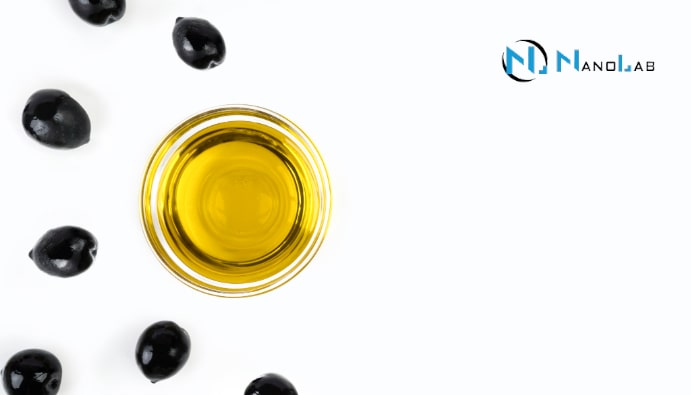
BLOG
KATEGORİDEKİ DİĞER YAZILAR

While vegetable oils are an important source of healthy fatty acids and nutrients, they sometimes carry health risks due to poor quality and counterfeit products. Therefore, analysis to determine the purity and content of vegetable oils plays a critical role in food safety. Stigmastadiene is an important component in the analysis of vegetable oils. This compound is frequently used in analysis to determine the purity and quality of oils. Stigmastadiene is a compound that is absent or present in low amounts in natural oils, but can reach high levels in case of falsification or contamination.
Stigmastadiene is a compound that is one of the natural components of vegetable oils and is generally similar in structure to sterols in plants. However, this compound is usually found at low levels in the pure and natural form of vegetable oils. Stigmastadiene can occur in high amounts in some oils, often as a result of hybridization, falsification or improper processing. This means that there are deviations from the original properties of the oil. Stigmastadiene content is measured to check the authenticity of vegetable oils.
The detection of stigmastadiene in vegetable oils is usually done in the laboratory using specialized test methods. These tests are used to analyze the purity and quality of the oil and help to determine if there is counterfeiting or quality degradation.
Stigmastadiene is an important compound for authenticity detection and quality control of vegetable oils. Oils with high amounts of stigmastadiene are often derived from unnatural sources or poorly processed oils. This is a sign of a suspicious product.
Stigmastadiene content is used for quality control, especially in olive oil, sunflower oil, soybean oil and other vegetable oils. High levels of stigmastadiene are often an indication of counterfeiting or faulty processing processes. For example, if a vegetable oil is mixed with an oil different from the original, the stigmastadiene level may increase. This means that the oil is counterfeit.
Vegetable oil producers and distributors often use this type of analysis to ensure the purity and safety of their products. Food safety regulations may require checking the stigmastadiene content of vegetable oils to ensure that they meet certain quality criteria.
Nanolab Laboratories Group continues to provide services within the scope of Determination of Stigmastadiene Content in Vegetable Oils Analysis. We also provide services in Fatty Acids Determination.
Contact us for more information.
You can follow us on LinkedIn for up-to-date news and posts about our services.
Follow our Instagram account to be informed about our latest blog posts.